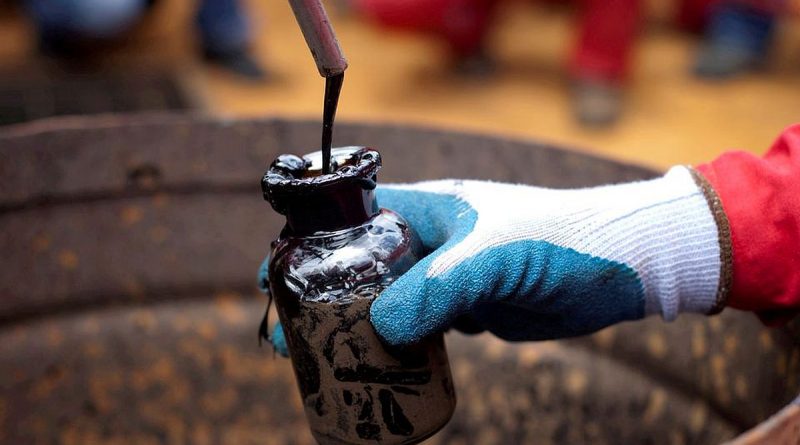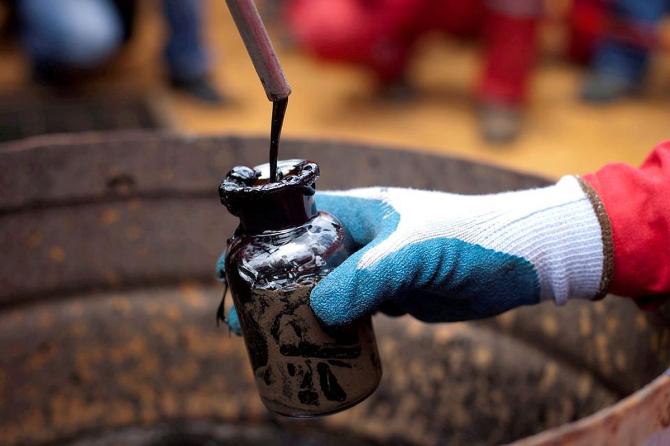Russian crude will keep flowing into India at least till Dec
India will need to travel back in time and seek inspiration from football greats Tulsidas Balaram and Chuni Goswami to deftly dribble around and sidestep the West-imposed price cap on exports of Russian seaborne crude oil.
India depends on imported oil to meet 86 per cent of its needs, of which nearly a quarter now comes from Russia.
The copious flows are roughly 10 per cent cheaper than competing suppliers helping India save billions of dollars in fuel costs.
Recently, the G7 nations and Australia agreed on a $60 per barrel price cap on exports of Russian oil with effect from December 5.
Vessels loaded with Russian crude prior to December 5 and unloaded at the final destination by January 19 would be exempt from the cap, enabling India to keep Russian oil flowing this December at least.
Russian Urals blend trades at $65-$67 a barrel in Europe, quite close to the proposed cap.
India paid an average of $86 a barrel in October for Russian oil after including trader margins, freight and insurance.
That leaves more than $10 a barrel on the table for Indian refiners compared to competitor crudes, a BPCL official explained.
The landed cost of Saudi and US crude during the period was $99 a barrel and $97 a barrel respectively, according to customs data.
Predictably, Russia has refused to accept the cap and threatened to stop all flows, leaving consumers like India on the edge.
The G7 price cap will allow non-EU countries to continue importing seaborne Russian crude oil, but the catch is that it will prohibit shipping and insurance companies from handling cargoes of Russian crude around the globe, unless it is sold for less than the price cap.
A US official told reporters that the $60 per barrel cap will keep global markets well supplied while “institutionalising” discounts.
Oil industry experts and the government do not think there will be an immediate problem for India.
India will continue to buy Russian oil, and the lack of ships or insurers will not be a hindrance, said an oil ministry official.
“I don’t think India will face any problems as long as there is no overt or covert threat of secondary sanctions from the US.
“I expect Russian crude export prices to continue being privately negotiated,” said Vandana Hari, a Singapore-based energy markets expert.
“Shipping as well as insurance alternatives outside the EU/G7 countries are also available to India.”
“The proposed cap is at or near the actual prices of Urals paid for by India, so the cap is not a binding constraint,” said Tilak Doshi, a London-based energy expert formerly with Saudi Aramco.
Shipping and insurance would not be a constraint either.
Both can be arranged, if necessary, an official of state-owned BPCL said.
As Doshi pointed out, “Countries such as India and China not only have deep pockets and their own banks to support insurance pools for shipping, but Russian shipping companies also get certifications of fitness with help from India.”
Russian Sovcomflot’s tanker fleet, which is unable to get safety certifications because of Ukraine war-related sanctions, is being certified by the Indian Register of Shipping ensuring it can continue exports to India of Russian oil.
In addition to Russian tankers, India may have to rely on a “dark fleet” of ships to help absorb Russian supplies and skirt EU sanctions.
Dark fleets are tankers bought by Russia and some traders and ply illegally to evade sanctions.
Also, lax reporting requirements to ensure compliance may ease Russian flows.
Buyers must prove that they are complying with EU sanctions while “for every other entity along the trading transaction there is no such necessity”, commodity intelligence provider Kpler said.
That means rogue traders and dark fleet operatives can manipulate the data to show compliance, leaving New Delhi to deal with such entities.
Finally, the reliability of a dark fleet is an open question when it comes to meeting India’s humongous requirements.
“If the price cap is $65 a barrel, then India and Russia can deal with it,” said Narendra Taneja, a Delhi-based leading energy expert.
The problems begin when prices rise and Russia insists on a rate beyond the price cap.
Then insurance and transport become problems.
“You can’t bring in cargo worth $2 million without insurance,” Taneja pointed out.
Around 90 per cent of India’s 4.4 million barrels a day of crude imports comes on Western tankers, and all of it is insured or reinsured by European and UK companies, industry officials said.
Russia has less than 70 tankers, and state-run Shipping Corporation of India (SCI) and private companies carry only around 10 per cent of India’s fuel.
Some of SCI’s tankers are not seaworthy and have been refused permission to dock at some West Asian ports, another official from a state refiner said.
Refiners had refused to use SCI tankers a few years ago because of an ageing fleet, despite pressure from the government.
Moreover, voyage times from Russia to India take nearly a month, and refiners would need several large carriers to ship current purchases.
India imported one million barrels a day or a quarter of its overall imports from Russia in October, making the latter the biggest supplier of oil to India.
Overall, 49 per cent of ships carrying Russian fossil fuel in September were owned by European shipping companies, and at least 59 per cent were insured in Europe, according to Scandinavian energy think tank CREA.
This gives Europe a stranglehold on Russia’s exports and enables the imposition of a price cap on exports to third countries as well, said Lauri Myllyvirta, lead analyst at CREA.
A majority of the world’s seaborne shipment services are based in Europe, and so the EU ban would affect nearly every tanker across the globe.
So, how does the price cap work? As long as India buys oil at or below $60 a barrel from Russia, it can continue using Western shipping services.
The cap was kept higher than expected because the US wants to prevent a price shock while limiting Russian revenue.
But Russia may not be able to find enough “dark” ships to transport 2.5 million barrels of oil to Asian buyers.
Russian oil sales may fall by one million barrels a day, oil trader Vitol estimates, which could send oil to over $120 a barrel according to Bernstein Research.
“The initial proposal was to set the price cap at $65 dollars a barrel,” Estonian Prime Minister Kaja Kallas said recently.
“We wanted the price to be lower. Our experts estimate that a price between $30-$40 dollars is what would substantially hurt Russia.
“However, this is the best compromise we could get today.”
Source: Read Full Article



